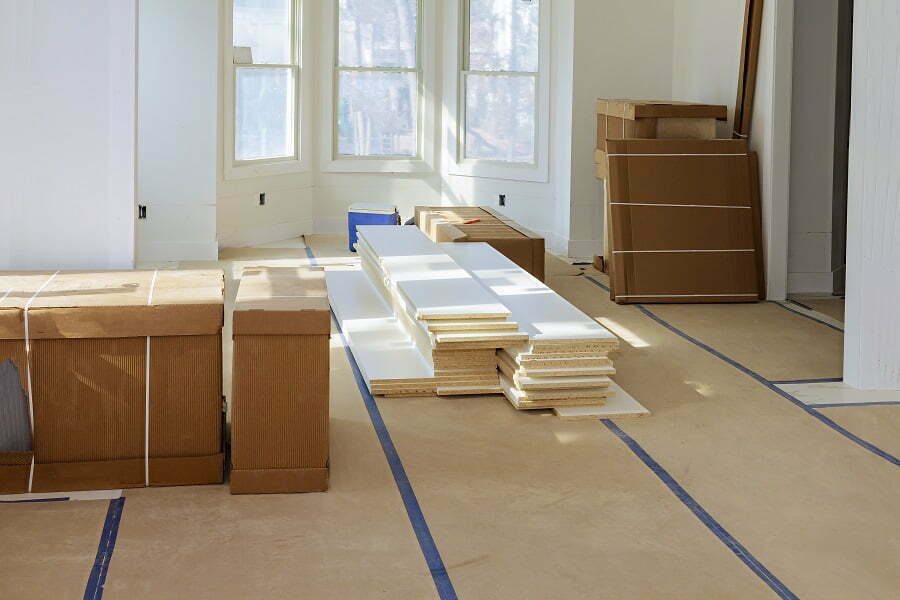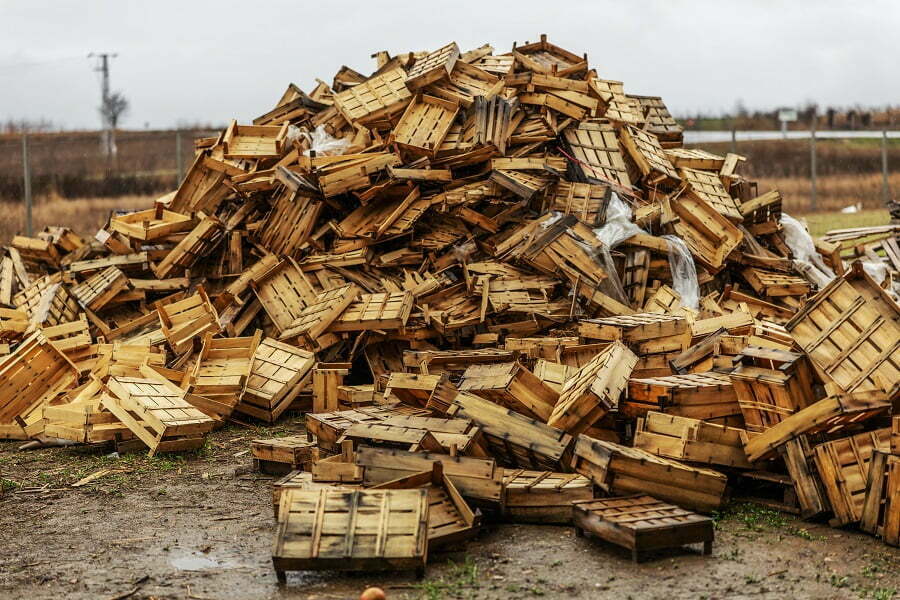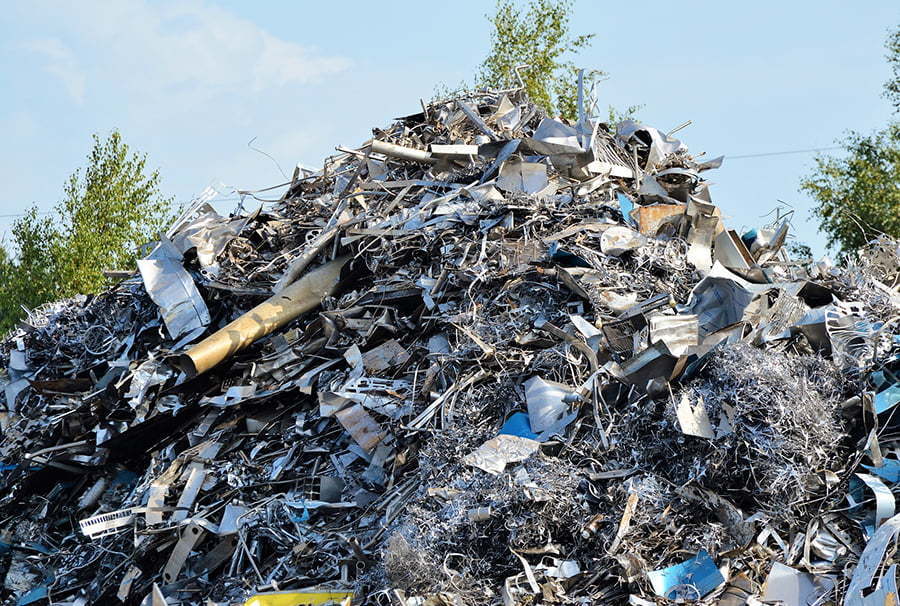Last updated on
Here’s a list of building materials that are easily recycled, and some uses for them. Use this for your next sustainable construction project.
The type of the easiest to recycle materials you use depends on where you live. Some cities have curbside collection programs; others require residents to place their recyclables at a drop-off site or take it home themselves.
The best way to find out what you can do with your waste is by contacting local recycling centers or government agencies in your area.
The easiest material for recycling is paper and cardboard, which can be used in a variety of ways including making new products or being turned into energy through incineration or gasification.
Here are the typical building materials that are easy to recycle in most locations.
Paper and Cardboard

It stands for recycled paper products. These include paper waste but also some building and interior materials like wallpaper, cardboard boxes, etc.
Wood

Wood is also easy to recycle as it can be made into lumber again or burned to produce heat and electricity. And it’s so prevalent in construction that you can sometimes get reclaimed wood for free.
Bricks

They stand for “reduced brick,” meaning bricks that were once part of buildings but now needlessly end up in landfills instead of helping build eco-friendly homes. You can use reclaimed bricks to construct walls, fireplaces, patios, fences, retaining walls, driveways, sidewalks, roofs, chimneys, and foundations. They can also be reused to repair existing structures.
Asphalt

This means “road base” and refers to asphalt pavement that was originally laid over concrete slabs. Asphalt can be crushed and mixed with gravel to form aggregate paving stones. In addition, asphalt shingles can be peeled off roof tiles and ground up to help pave roads.
Steel

This refers to any kind of steel product, including appliances, tools, machinery, building components, furniture, and much more. Steel is usually collected separately from aluminum, copper, lead, tin, zinc, and plastics.
Aluminum
Recycled aluminum, sometimes called secondary aluminum, includes electrical wire insulation, roofing shingle liners, window frames, doorframes, siding, floor tiles, and architectural panels. Aluminum scrap may come from anywhere—from manufacturing plants, demolition sites, landfills, or salvage yards.
Copper
Copper mills often collect this valuable resource. Copper is found in most types of plumbing fixtures, wiring, pipes, water lines, faucets, showerheads, bathtubs, and radiators.
Lead
Paint manufacturers collect discarded paint during production and sell it to processors who melt it down and reuse the lead content. Lead-acid batteries contain some lead but they don’t have enough value to warrant collection. They are disposed of at hazardous waste facilities.
Tin
Used in solder, coatings, lacquers, paints, adhesives, varnishes, and enamels; tin is commonly recovered from electronics, appliances, automobiles, refrigerators, stoves, telephones, radios, televisions, pots, and pans.
Drywall
The drywall comes in two forms: drywall and plasterboard. Both materials use calcium sulfate hemihydrate, a naturally occurring mineral compound. Gypsum boards are typically covered with one or both sides of decorative paper.
Glass
Glass waste from construction projects is recycled with other glass materials. It’s one of the most prevalent and easily recycled materials.
Plastics
Plastics are used as a building material and can easily be recycled. Composite plastic lumber is made by combining polyvinyl chloride resin with sawdust and sand. It’s available for residential applications such as decking, fencing, landscaping, and retaining walls.
Your Options When Choosing a Construction Material That Can Be Recycled
There are several options when choosing a building material that can be recycled. For example, wood can come from trees grown specifically for this purpose, but it may also come from forests that were cut down years ago. In either case, the tree was alive long enough to grow leaves and branches, but not long enough to become fully mature.
Other sources include reclaimed wood, bamboo, cedar, cypress, pine, redwood, and eucalyptus. These woods are often less expensive than those harvested directly from the forest. They can also be found locally, depending upon how far away they came from originally.
Another option is to purchase premanufactured panels made from recycled content. Companies offer these panels, along with other sustainable building supplies.
FAQ
Glass, plastic, paper, metal, cardboard are the easiest to recycle and they are the most popular too.
Wood has been used for centuries and continues to be one of the most common building materials today. The reason why it remains so popular is due to its versatility: it comes in various sizes, shapes, colors, textures, etc., making it easy to work with. Also, it doesn’t require much maintenance; therefore, it lasts longer than any other type of material.
Recycling requires special tools and equipment. You will need an industrial-sized shredder, a forklift truck, a sorter machine, a baler, a conveyor belt, and some sort of container to store the sorted materials until they are ready to be reused.
Table of Contents




